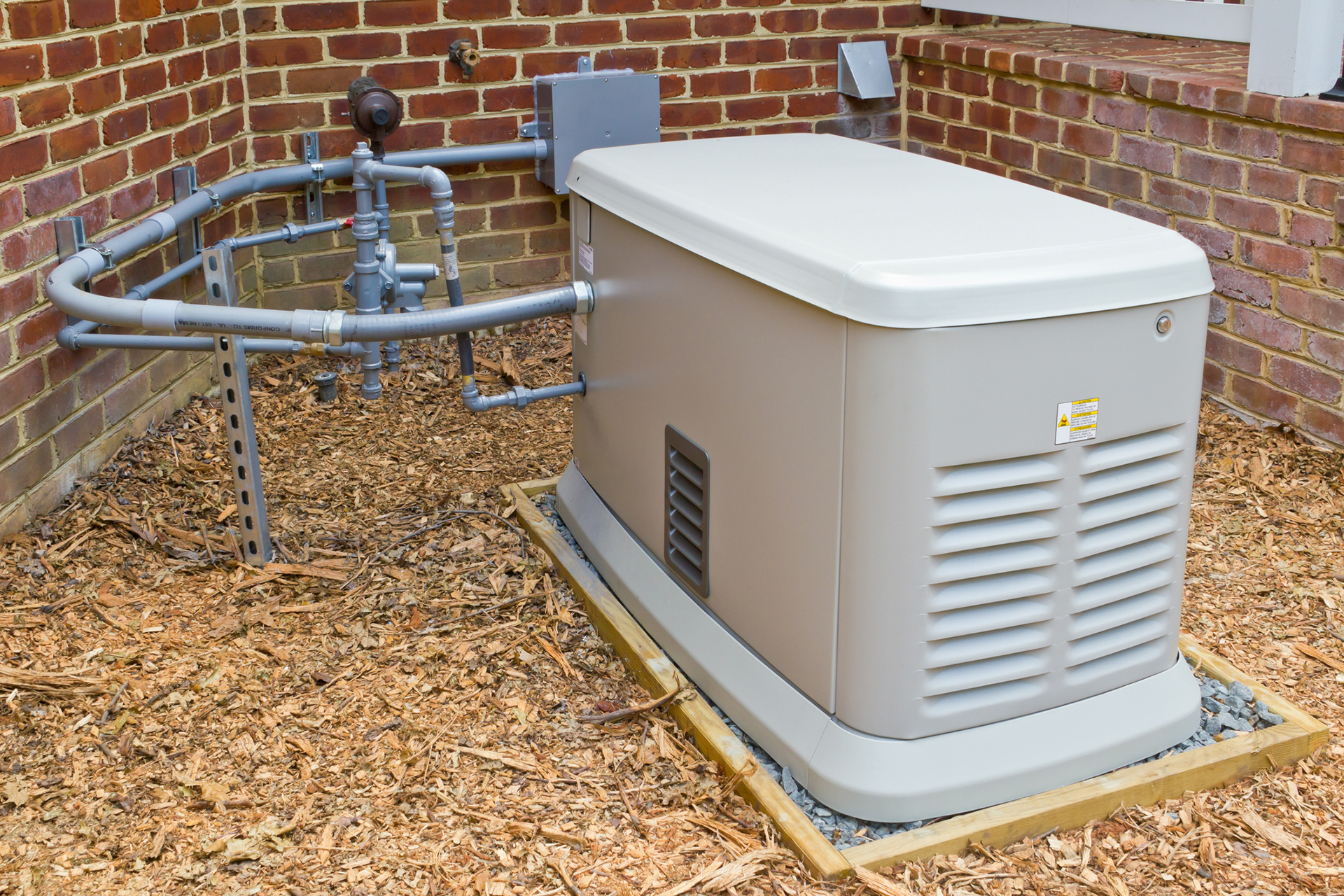No Electricity? No Problem

“It will be fun! Like camping out!”
Optimistic husbands always tell that to their wives when the power goes out, and nine times out of 10 it is kind of fun — for a few hours — and then the lights come back on.
A few years back, though, the lights didn’t come back on in a few hours. They came back nine-and-a-half days later in the tiny neighborhood in Northwest Woods, the last to have power restored after a hurricane lashed East Hampton and took out a PSEG transfer station.
Any thought that a typical family with kids and pets can make do without electricity for more than a couple days is maniacal. Society has been domesticated for far too long. Fortunately, there are generators on the market for every budget.
Portable Generators
Portable generators are the most affordable and the first line of defense against power outages. A spokesman for Electric Generator’s Direct says the Honda EU2200i moves off the shelves the fastest, but there are a number of name brands that deliver for about $1000.
The main problems are that they run on gasoline and burn fuel quickly, meaning there must be a supply of fuel available. During some emergencies, there may not be gasoline available at the pumps.
The generators must be placed outside, a recommended 20 feet from the house. Hundreds of deaths have been associated with carbon monoxide poisoning, so ventilation is essential. The elderly or disabled will also have a tough time hooking the thing up, especially in bad weather.
Generators typically don’t have enough power for a whole house, though. You can power, say, a gas furnace and a couple lamps, but not much else with these units.
Consumer Reports recommends three brands that have monoxide safety technology: Ryobi, Dewalt, and the Generac 7675.
But if you live in an area where outages are infrequent or where the lights often come back on in a few hours, you’ll save thousands by going with a portable generator. These units keep costs down and pack plenty of power to run most of the essentials in your home. Provided, that is, you’re willing to pull the unit out of the garage during an outage and exert a little effort when it comes to storing gasoline for an emergency and refueling the generator when you need it.
Standby Generators
If you lose power often, you might opt for a standby generator, also called a stationary generator, which is hard-wired to the house’s electric system and will jump in and take its place, often automatically. Some of these units can power an apartment building and cost a fortune. Installation is also expensive.
Home standby generators run on portable gas, so homeowners can install tanks, thus somewhat mitigating the fear of running out of fuel. They require professional installation and include a transfer switch so that when the electricity in the house goes out, the generators revs up — usually within two or three minutes. A small one will run $3000, and an $8000 unit can get the whole house running, but the pratfalls of losing power for extended time are well documented. If it happens during a winter blizzard, the plumbing system is put in jeopardy. If it happens in summer, the swimming pool water will quickly fill with algae and bacteria without the filter/pump.
Consumer Reports gave Kohler good ratings for its home standby generator line, but the top score went to The Champion 100174. The unit is only $2359 plus installation and it is reliable and long lasting, according to the nonprofit organization. The Generac Guardian and Winco also scored exceptionally well.
Smart Batteries
Then there’s the energy-efficient Sonnen battery being used in homes like a backup generator, connecting to the grid or to a solar panel system.
Montauk resident Jay Levine installed solar panels and a battery in his home last October. While he has not had to use it since, he integrated this system to protect his essential loads, which for him and many other East End residents also includes access to water, because he relies on a well pump.
“Historically, if you go back 10 to 15 or more years, our electric service was somewhat tenuous during major storms,” Levine said. “Also, living in Montauk, we’re susceptible to being cut off from the rest of Long Island. We can be overwhelmed by ocean storms. We felt that rather than installing a diesel or gas generator, a battery backup was a more reasonable, environmentally-responsible approach.”
A Sonnen battery was installed in his basement in a unit the size of a refrigerator, with the battery in the bottom half and wiring and electrical switches in a cabinet above. It is controlled via an app that allows him to see a usage dashboard and its battery life.
The technology is so smart, that if a homeowner knows he or she is going to be out of power for a particular amount of time, and say, it’s during a snow or ice storm where it will take at least hours if not days for the buildup on the solar panels to melt, he or she can budget usage to ensure battery life until the grid is up and running. The lithium ion phosphate battery can also be backed up with a portable generator, charged in an hour or two.
Solar panel systems also do not work when the grid is out, according to Andy Smith, sales manager with Southampton-based GreenLogic LLC, because there’s a safety valve in the inverter that shuts it down to protect linemen from being electrocuted when working on the grid. “The only way to have solar work if there’s a power outage is by using a smart battery,” said Smith.
By Rick Murphy & Desirée Keegan



